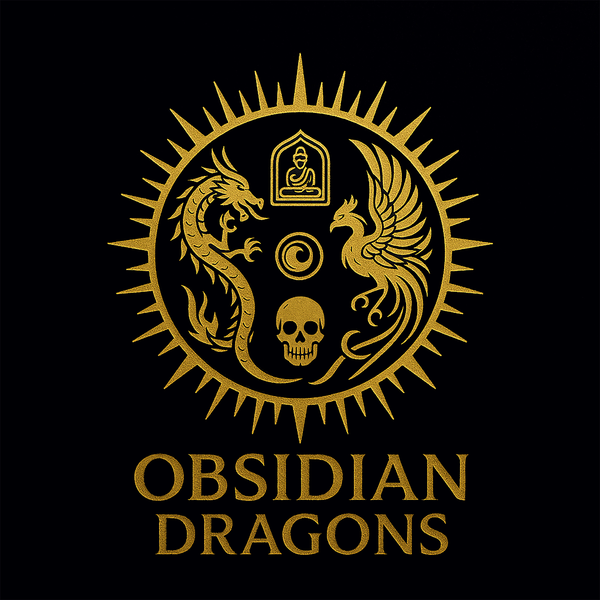AAA
Buddha pendant, Buddhist protection amulet, medicine Buddha. spinning amulet, heart sutra inside.
Buddha pendant, Buddhist protection amulet, medicine Buddha. spinning amulet, heart sutra inside.
Couldn't load pickup availability
Size 65.5/17.6mm Weight 44 grams
925 silver hallmarked according to international standards
Copper
Natural Turquoises and Nan Hong (Southern Red) Agate
As a gemologist graduated from the National Institute of Gemmology in Paris, all our stones are appraised and certified.
The cord enhanced with 925 silver is supplied with the reliquary. This cord is adjustable to all sizes.
The amulet is also sent in an elegant wooden box.
Scroll on which is inscribed the heart sutra inside as shown in the fourth photo.
As shown in the example video, the heart sutra is also inscribed in nano script visible by a magnifying effect.
Mantra of compassion "om mani padme hum" carved on the back of the amulet
MEDICINE BUDDHA
The bodhisattva career of the Medicine Buddha is described in the
Bhaiṣajyaguru-sūtra, He made twelve vows, two of which specifically express His desire to heal and save. He became a Buddha in a world named
Vaidūryanirbhāsa or “Like lapis lazuli”.
located in the East, where he is accompanied by the bodhisattvas Sūryaprabha (Solar Clarity), on his left and Candraprabha (Lunar Clarity) on his right. In China, we refer to the version of the sūtra translated by Xuanzang: Bhaiṣajya guru Vaidūrya Prabhāsa Pūrva praṇidhāna viśeṣa vistara (Yàoshī liúlíguāng rúlái běnyuàngōngdé
jīng 《藥師琉璃光如來本願功德經》).
Like Akshobhya, Bhaiṣajyaguru is master of an "eastern paradise" and can form a pair with Amitābha, master of the "western paradise" Sukhāvatī. Amitābha's paradise is also mentioned in the Bhaiṣajyaguru sūtra. According to the Sapta tathāgata-Pūrva praṇidhāna viśeṣa vistara (Sutra of the vow of the seven
tathāgatas), Bhaśajyaguru possesses seven emanations representing seven different modalities of healing or protection. In Tibet his image can serve as
meditation support to overcome attachment and negative feelings. the Medicine Buddha or Sangye Menla (in Tibetan) is a tantric deity of Tibetan Buddhism.
Sangye Menla tantric meditation was introduced to Tibet in the 8th century by Shantarakshita. This meditation was synthesized in the 19th century by Jamgon Kongtrul Lodrö Thayé. His mantra is considered to have great strength against physical illnesses or to purify negative karma. In Japan,
Yakushi Nyorai has been the object of an important cult in Japan since the seventh century when it supplanted Akṣobhya (Ashuku).
Located to the east, it rather represents the rising sun, life, while Amida, which is to the west, is linked to the setting sun and the world of the dead. Patronized by the Tendai school which maintained close relations with the imperial family, this master Buddha of the East was associated with the emperor.
He has sometimes been identified with Jizo. He is the 7th of the thirteen Buddhas of the
tradition of Shingon Buddhism, and as such is associated with the funeral rites that take place at the end of the 49 days after death.
In the representations, and the particular mandalas which are devoted to him, he is assisted by Nikko the boddhisattva of the solar light and gakko of the
moon light. It is also protected and served by 12 celestial generals, yakshas which can have several meanings, such as hours, months,
directions, etc. However, he does not appear on the taizōkai and kongōkai mandalas because his cult is not of tantric origin.
Of the many temples dedicated to him, the most famous is Yakushi-ji in Nara. In this same city, the Hōryū-ji and the Tō-ji also shelter a statue of the Buddha of medicine, that of Hōryū-ji dating from the middle of the seventh century. In China, it is revered for its virtues as a healer and protector against calamities.
The most common rite involves reading one's vow 49 times, lighting 49 votive lamps, and hanging paper prayer flags 49 days in a row. There are very few temples dedicated exclusively to him.
The group of eight medical Buddhas, its seven emanations accompanied by Shakyamuni, can be replaced by another group comprising Manjushri,
Maitreya, Avalokiteśvara, Mahāsthāmaprāpta, Akṣayamati, Ratnacandanapuṣpa, Bhaiṣajyarāja, and Bhaiṣajyasamudgata, (文殊師利; 彌勒; 觀世音; 大勢至; 無盡意;寶檀華; 藥王; 藥上).
Share


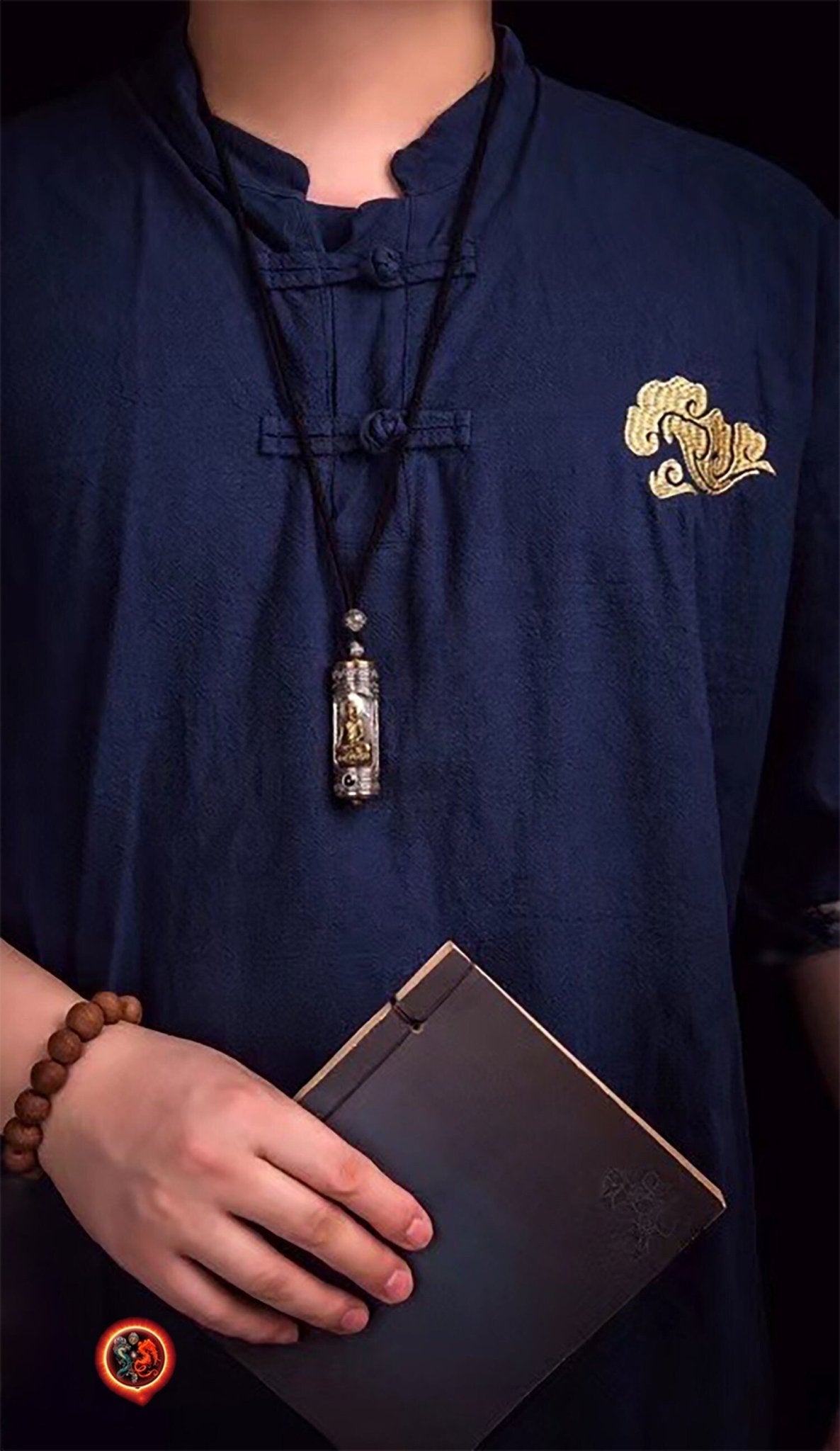

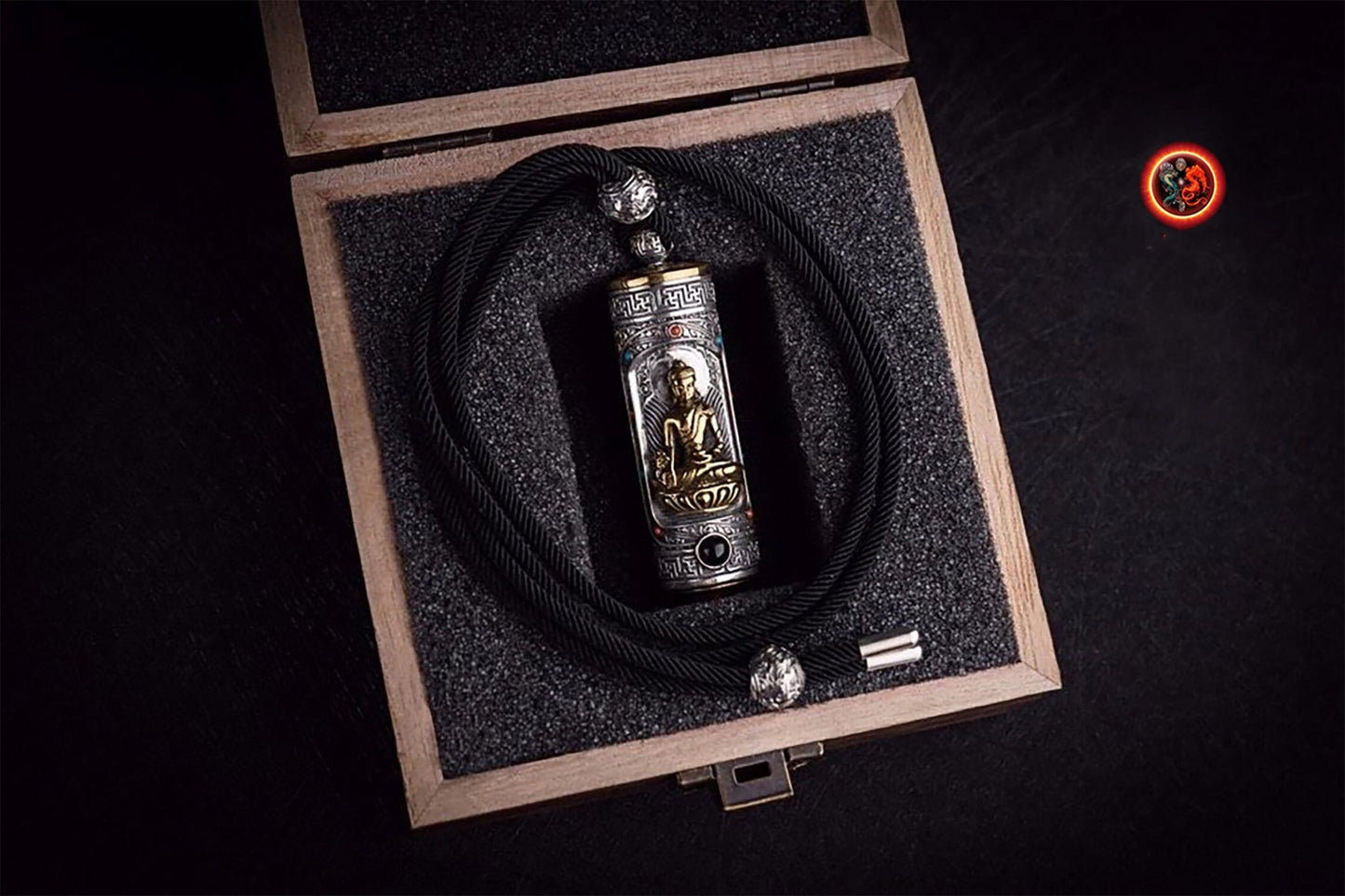
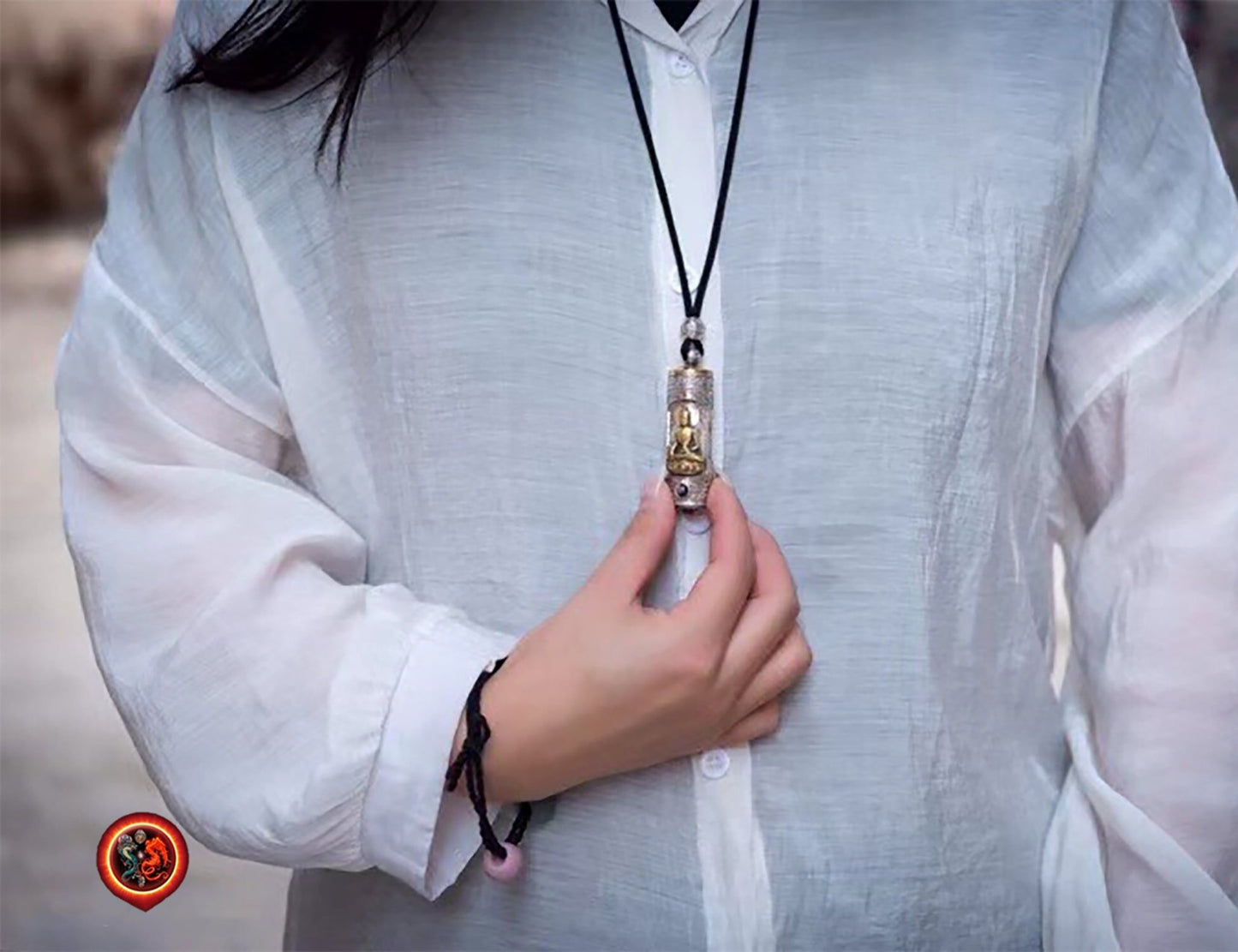
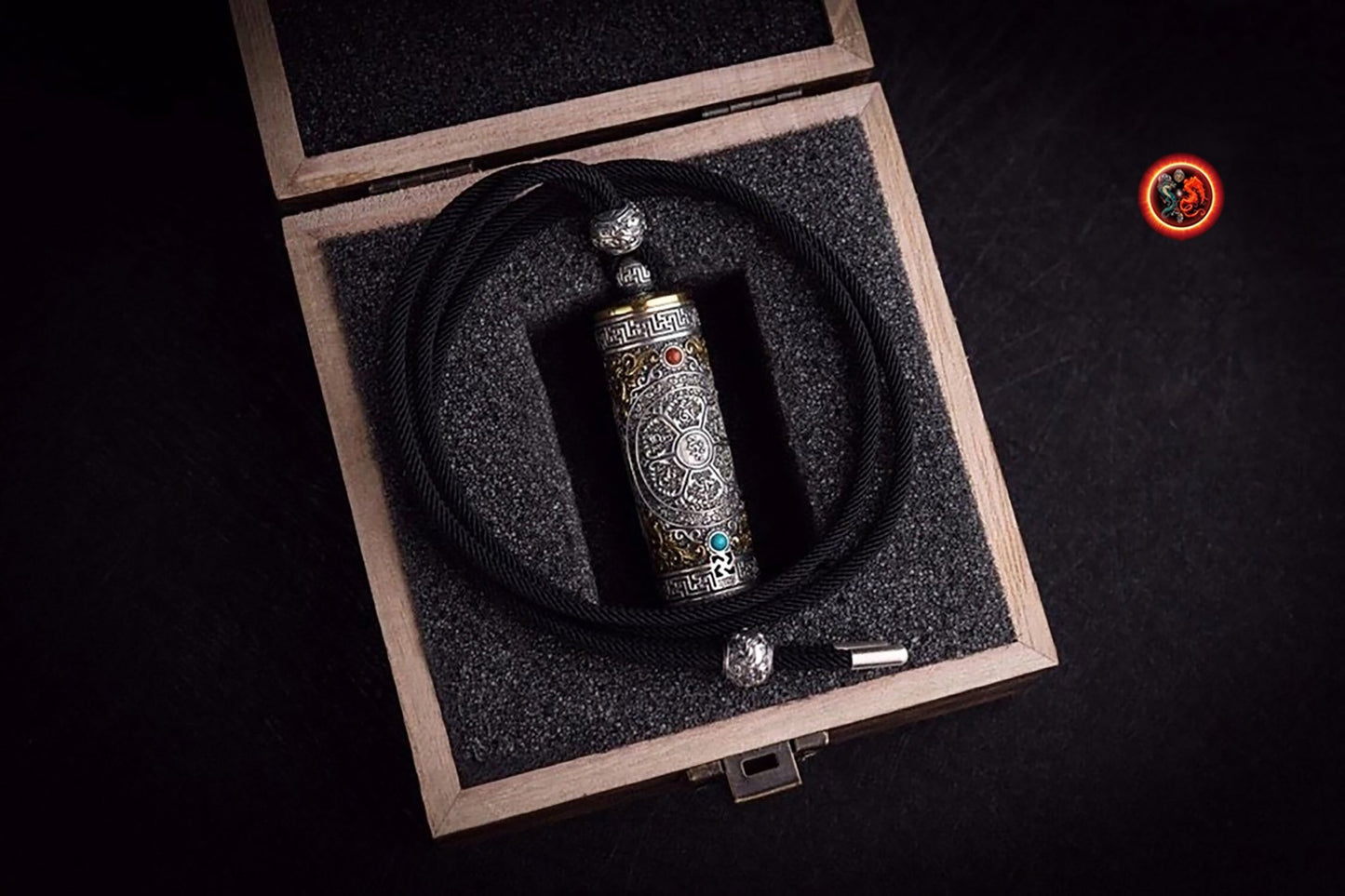

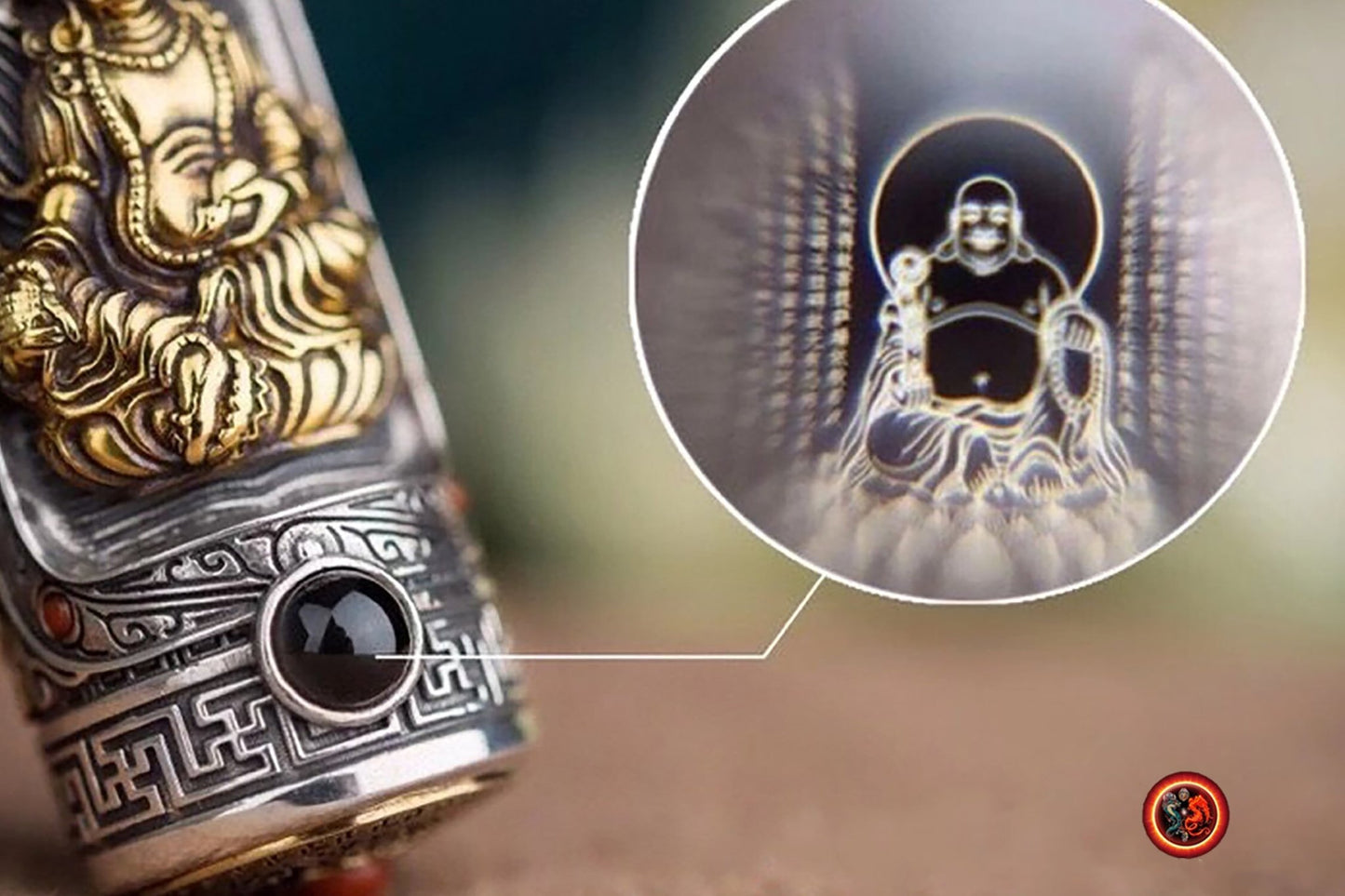
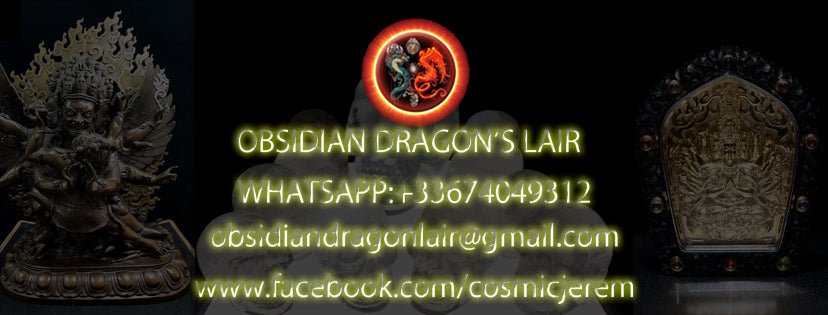

Return conditions for a Zen purchase
We offer you a money back guarantee within 14 days after delivery of your order.
If you are not completely satisfied with your purchase, please contact us to arrange a return of the product and a refund.
Except for returns, shipping is free on all orders.
Multi-column
Button text-
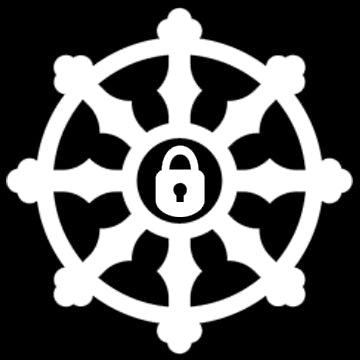
100% secure payment
3 times interest-free option with Scalapay
-

Free delivery in France and internationally
14 days money back guarantee after delivery (see our conditions of sale)
-
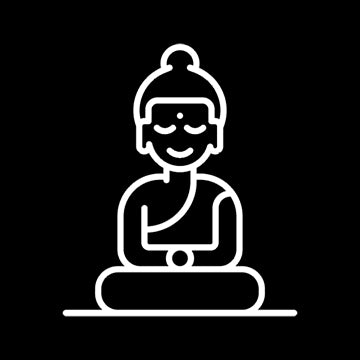
Column
Excellent customer service
Live chat
Whatsapp +33674049312
Let customers speak for us
from 917 reviews4eme pièce que j'achète et encore une fois, jamais déçue de l'unicité et de l'originalité. Coup de cœur pour ce bracelet en magnifiques molaires de mammouth, charge de vie et d'histoire. Attention pour un tout petit poignet de fille comme le mien cela peut être trop grand. N'hésitez pas à poser la question à Jeremy sur les tailles, il répond toujours et il est très réactif.

Déjà j’au été très impressionné par la qualité du site web pour tout chercheur de vérité mais également pour la disponibilité de Jérôme qui a su dépasser mes plus grandes attentes pour la commande sur mesure d’un mala en Obsidienne Œil Céleste – Dragon & Bagua Feng Shui. Gràce à ce puissant talisman je peux désormais continuer ma route sereinement. Un très grand merci sincèrement.

magnifique, puissant et apaisant, il m'aide à garder mon calme je le trouve absolument parfait!

J'ai eu l'occasion de rencontrer Jérémy sur Paris avant l'achat...très bon contact avec lui ..il sait de quoi il parle...je suis revenu vers lui pour l'achat de cette magnifique statue...elle a été emballee avec beaucoup de soin pour une expédition de chine... vraiment très satisfait de cet achat..merci

Pendentif dragon en obsidienne œil céleste - Symbole spirituel

Le collier est superbe, et ce pendentif magnifique, ses détails! et l'odeur du bois de santal que c'est agréable! Qualité extra! Contact excellent avec Jérémy, merci beaucoup pour votre gentillesse! Quelle qualité, vivement le mala !

L'objet est très joli et malgré que je ne sois pas un spécialiste, je trouve que le crystal est beau. Il n'est pas parfait et cela me rassure sur la qualité du produit qui est sensé être naturel donc imparfait.
Très bien emballé et en plus housse de rangement offerte.
MERCI

J’ai commandé un crâne de dragon, il est super beau et très puissant. Je l’adore 😍 Et l’envoi a été très rapide 🤗 merci 🙏🏻

bracelet puissant, je suis content de mon achat

Cet artisan est gémologue, il travaille avec des artisans qui sont des vrais artistes, je suis bluffé par la qualité des ouvrages sur l’argent et sa qualité. Quand à la qualité des pierres pas besoin d’être gémologue pour voir la qualité exceptionnelle des pierres, encore une fois le travail de sculpture est exceptionnel.
Mon mala traditionnel est une pure merveille dans la tradition originelle. Le ghau est une merveille qui me comble.
Bref que dire de plus :). Allez sur son site.
PS : vendeur qui connait son métier et les traditions bouddhistes ce qui est un plus en plus :)

Ce crâne est un Etre de Lumière. Attirant , inspirant , "parlant".
Il est un Ami qui tire mes pensées vers le Haut.
Ses énergies vibrent à des fréquences élevées. Il est puissant dans la douceur.
Un crâne de Dragon m'assite également. Merveilleux !

Très beaux bracelet et très puissants

Magnifique crâne givré de l'Himalaya.

cette chevalière est tres bien réalisé, avec beaucoup de détails, je suis heureux de l'avoir

